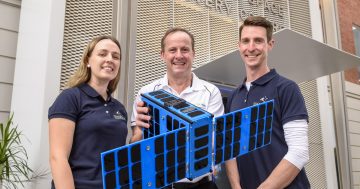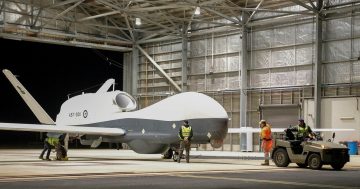 Staff members from the Australian Radiation Protection and Nuclear Safety Agency (ARPANSA) have travelled to Antarctica to support ongoing monitoring of nuclear and radiation activity in the region.
Staff members from the Australian Radiation Protection and Nuclear Safety Agency (ARPANSA) have travelled to Antarctica to support ongoing monitoring of nuclear and radiation activity in the region.
ARPANSA officer, Sandra Sdraulig said she and fellow officer, Stuart Henderson made the trip as part of Australia’s involvement in the Comprehensive Nuclear-Test-Ban Treaty (CTBT) which bans nuclear explosions and testing and includes a monitoring network to detect nuclear activity.
“CTBT monitoring is active all year and can detect radioactive debris from atmospheric explosions or vented by underground or underwater nuclear explosions,” Ms Sdraulig said.
“The data collected is forwarded by satellite to the International Data Centre in Vienna where it is compiled and released to countries participating in the CTBT.”
She said the international monitoring system aimed to ensure that no nuclear explosion went undetected.
“ARPANSA is responsible for a total of nine monitoring stations, including one in Antarctica,” Ms Sdraulig said.
“Antarctica is an important location for CTBT monitoring given the remote location and unique terrain and it was incredible to experience first-hand,” she said.
Dr Henderson said that in addition to radionuclide monitoring, ARPANSA also maintained four ultraviolet (UV) monitoring stations across Antarctica.
“The data we collect on UV Index in Antarctica provides a valuable addition to Australia’s UV data,” Dr Henderson said.
“This trip allowed us to perform maintenance on our UV sensors in Antarctica and implement new measures to protect sensors from subzero temperatures.”
He said the UV data collected through ARPANSA’s monitoring network was available in a real-time index chart on the Agency website.
The chart can be accessed via this PS News link.








